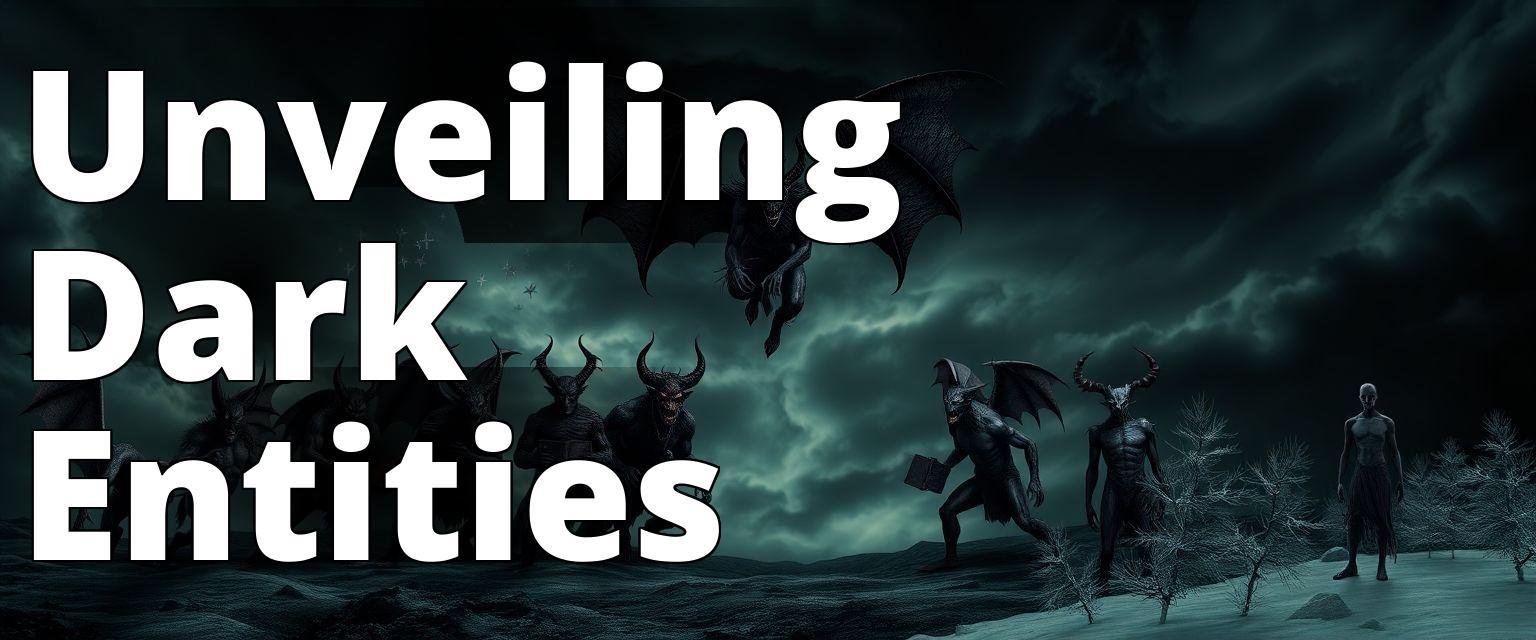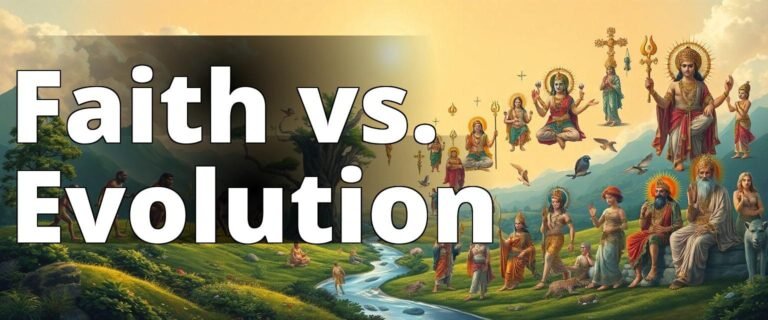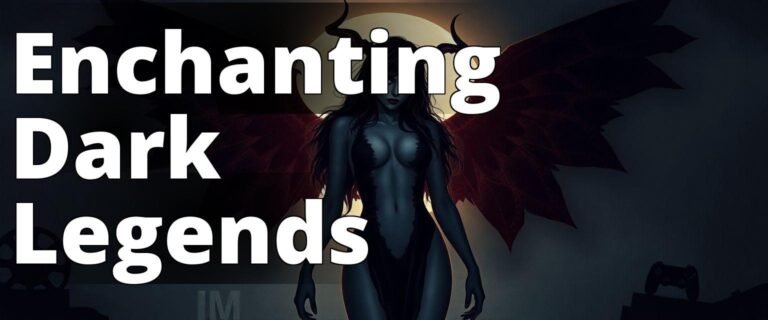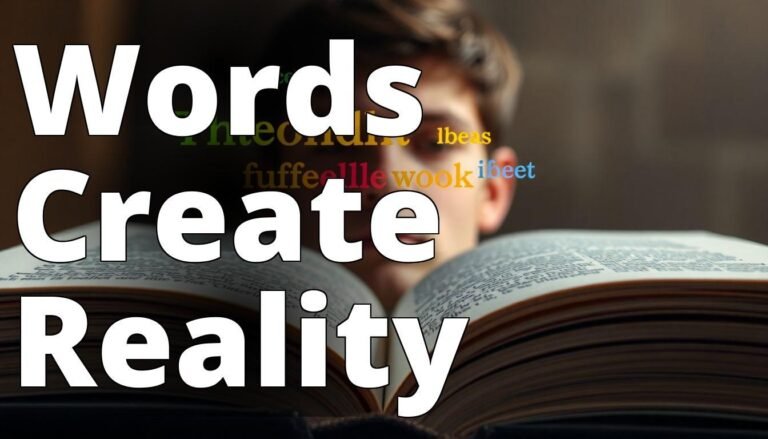10 Most Terrifying Demons From World Mythology
Have you ever wondered about the demons that haunt the stories and legends from around the world? These creatures, feared and revered, can tell us much about different cultures and religions. They serve as warnings, protectors, or reminders of the darkness that can lurk within humanity. Lets take a chilling journey through history and uncover the tales of these entities that have captivated human imagination for centuries.
Understanding Demons Across Cultures
Discover the fascinating roles that demons play in various religions and mythologies as you explore their unique characteristics and stories.
– Pazuzu is known as the King of the Evil Spirits in Mesopotamian mythology, often associated with storms and the protection against other demons.
– Iblis, in Islamic mythology, represents the ultimate refuser who defies God’s command, highlighting themes of temptation and rebellion.
– Wendigo, from Algonquian mythology, embodies the horror of cannibalism and the insatiable hunger for human flesh, serving as a cautionary tale against greed and excess.
1. Pazuzu: The King of the Evil Spirits (Mesopotamian Mythology)
Is there a demon more feared in ancient Mesopotamia than Pazuzu? Known as the King of the Evil Spirits, Pazuzu was often invoked as much for protection as he was feared for his malevolent nature. With the body of a man, the head of a lion or dog, talons of an eagle, and a scorpion’s tail, his image alone is enough to send shivers down anyones spine.
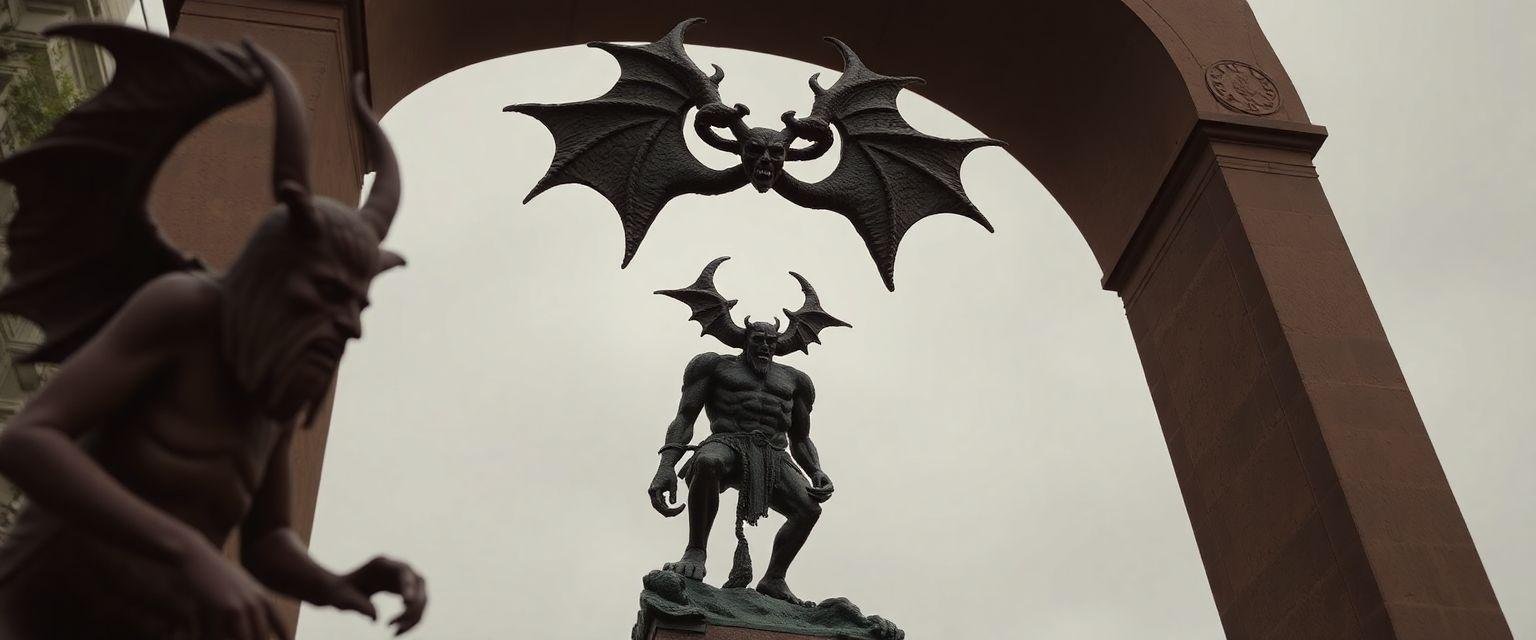
In Mesopotamian mythology, Pazuzu was believed to bring famine during the dry seasons and locusts during the rainy seasons. Despite his fearsome reputation, he was also called upon to ward off other malevolent spirits, particularly Lamashtu, a demoness who threatened the lives of mothers and children. This dual nature makes Pazuzu a fascinating study of ancient beliefs where the line between protection and peril was often blurred.
Insider Tip: According to expert Jonathan Z. Smith, “Demons like Pazuzu serve as cultural mirrors reflecting societal fears and hopes.”
For more about the complex role of demons in Mesopotamian culture, check this comprehensive study.
2. Jikininki: The Flesh Eater (Japanese Mythology)
Could there be anything more terrifying than a demon who feasts on human corpses? In Japanese mythology, Jikininki are spirits of greedy, selfish individuals who are cursed after death to consume the flesh of the dead. These creatures are not only horrifying because of their ghastly diet but also because they embody the ultimate punishment for a life of greed.

Jikininki are a reminder of the Buddhist belief in karma. Their existence is a reflection of the fear of becoming such a creature in the afterlife due to one’s actions in the living world. This story serves as a moral lesson about the dangers of greed and selfishness, emphasizing the importance of compassion and empathy.
Thought-Provoking Question: What does the existence of Jikininki say about how cultures view morality and justice after death?
Learn more about Japanese folklore and its moral tales here.
3. Aamon: The Marquis of Hell (Christian Demonology)
What kind of demon leads seventy-two legions of lesser demons? Meet Aamon, a figure from Christian demonology, known as the Marquis of Hell. Aamon is often depicted with a wolfs body and a serpent’s tail, occasionally taking human form with a raven’s head. His primary function is to reconcile friends and foes, a paradoxical role for a creature of hell.

Aamons story highlights the complexity of demonology in Christian traditions. He is a symbol of the chaotic nature of evil, embodying both destruction and the possibility of reconciliation. This duality raises questions about the nature of evil and whether it is ever truly irredeemable.
Insider Tip: Demonologist John Dee once noted, “Understanding demons like Aamon requires us to explore the dual nature of good and evil within ourselves.”
For a deeper dive into Christian demonology, visit Christian Demonology.
4. Tzitzimitl: The Star Demons (Aztec Mythology)
What celestial event did the Aztecs fear would bring forth their doom? During solar eclipses, the Aztecs believed the Tzitzimitl, or Star Demons, would descend to devour the world. Often depicted as skeletal women adorned with skirts of rattlesnakes, these demons were thought to attack during the transition periods between cosmic eras.

The Tzitzimitl represent the Aztec’s deep-rooted beliefs in cosmic cycles and the fragility of the world. Their mythology is a stark reminder of how ancient civilizations interpreted celestial phenomena with a sense of awe and fear. The Tzitzimitl were both destroyers and midwives of creation, showcasing the dual nature of the universe in Aztec cosmology.
Thought-Provoking Question: How do the Tzitzimitl illustrate the human need to find meaning in astronomical events?
Explore more about Aztec beliefs and mythology here.
5. Dantalion: The Demon of Knowledge (Christian Demonology)
Can a demon really hold the key to all knowledge? Dantalion, a demon from the Ars Goetia, is said to know the thoughts of all people and can change them at will. This makes him a formidable figure in Christian demonology, where knowledge and power are often intertwined with danger.
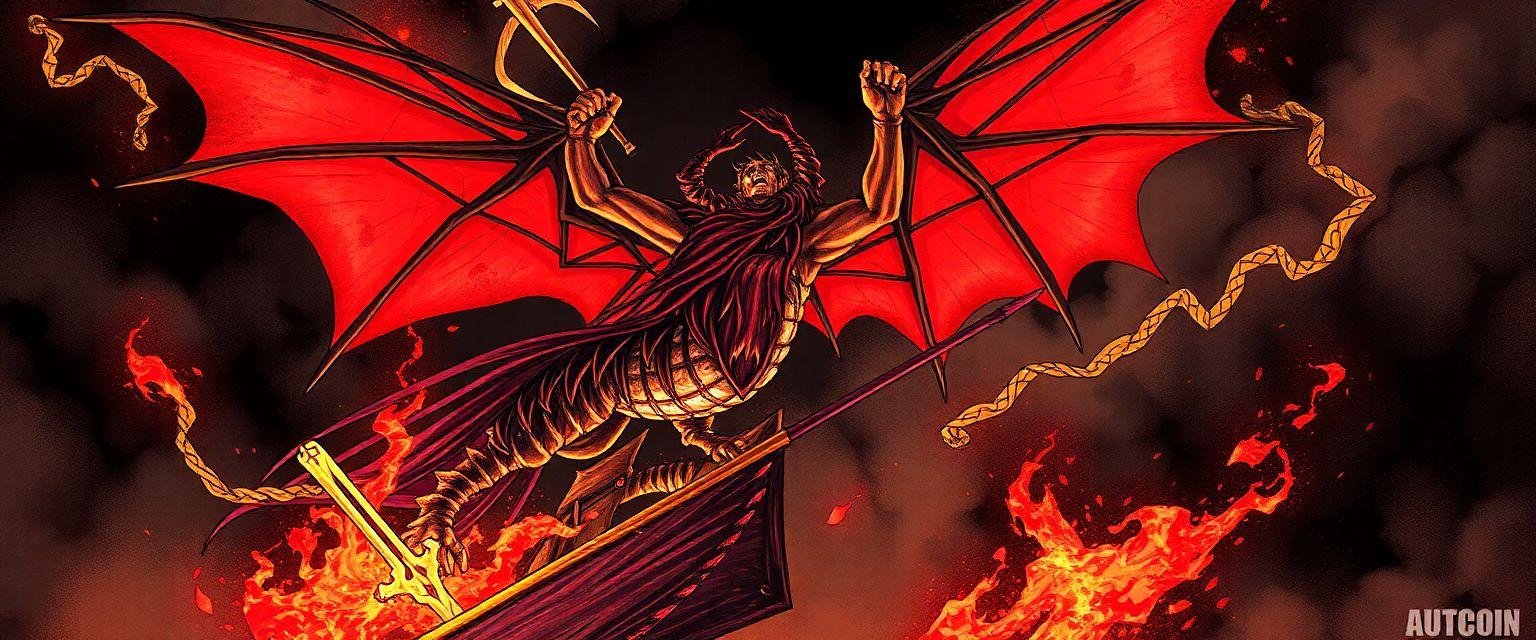
Dantalion’s vast knowledge is both a boon and a curse. He embodies the fear of uncontrolled knowledge and the ethical dilemmas it presents. His presence in demonology raises questions about the pursuit of knowledge and the moral responsibilities that come with it.
Insider Tip: Scholar Aleister Crowley remarked, “Dantalion’s lore is a lesson in the seductive power of knowledge and its potential for corruption.”
For an exploration of knowledge and power in demonology, see this detailed analysis.
6. Iblis: The Refuser (Islamic Mythology)
Who would dare defy divine command? Iblis, a prominent figure in Islamic mythology, is known for refusing to bow to Adam, resulting in his fall from grace. Unlike traditional depictions of demons, Ibliss story is one of pride and disobedience rather than inherent evil.
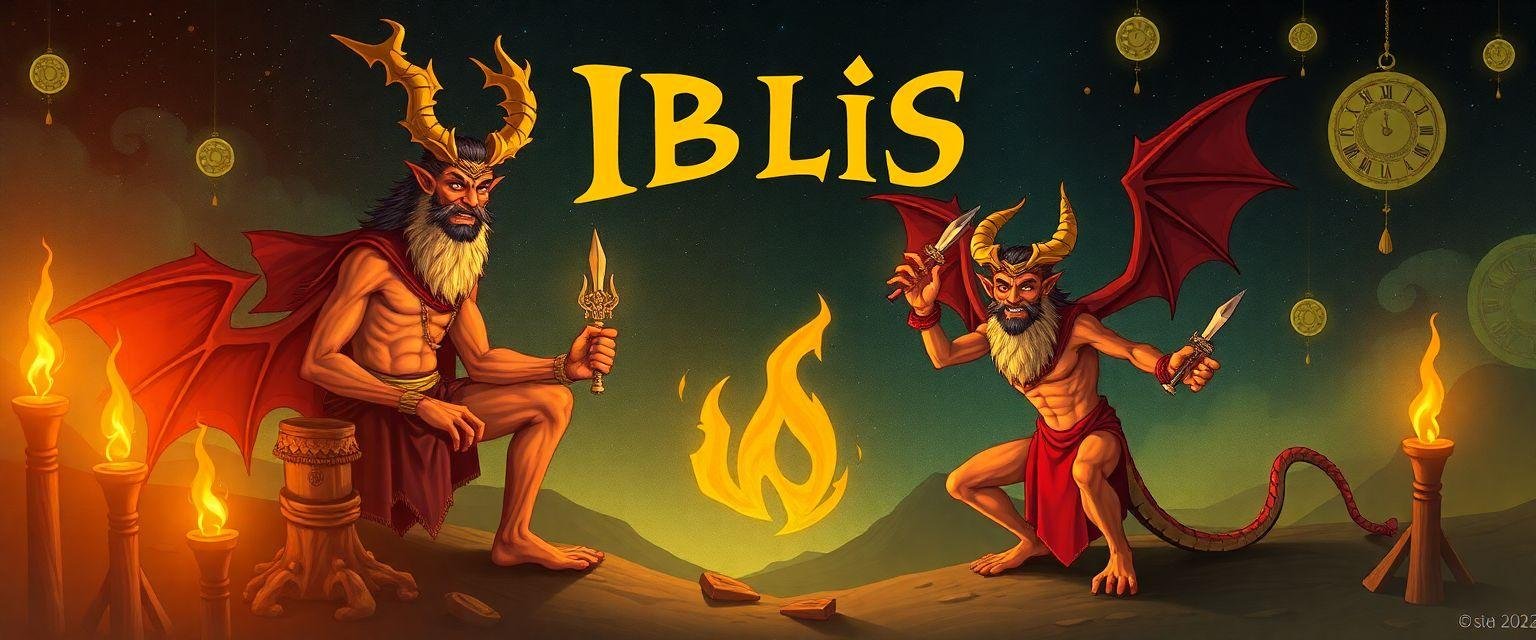
Ibliss defiance underscores themes of free will and pride. His narrative explores the consequences of defying divine authority and the complex nature of sin and redemption in Islamic thought. Iblis is a cautionary tale about the dangers of arrogance and the importance of submission to divine will.
Thought-Provoking Question: What does Iblis’s story teach us about the nature of free will and its consequences?
For more on Iblis and Islamic perspectives on demonology, check out this resource.
7. Asmodeus: The Demon of Lust (Jewish and Christian Demonology)
What drives a demon to embody lust? Asmodeus, a demon from Jewish and Christian traditions, is infamous for his association with lust and sensuality. Often depicted as a handsome man with wings or a beastly figure, Asmodeus is known for his role in the story of Tobit, where he kills the seven husbands of Sarah out of jealousy.
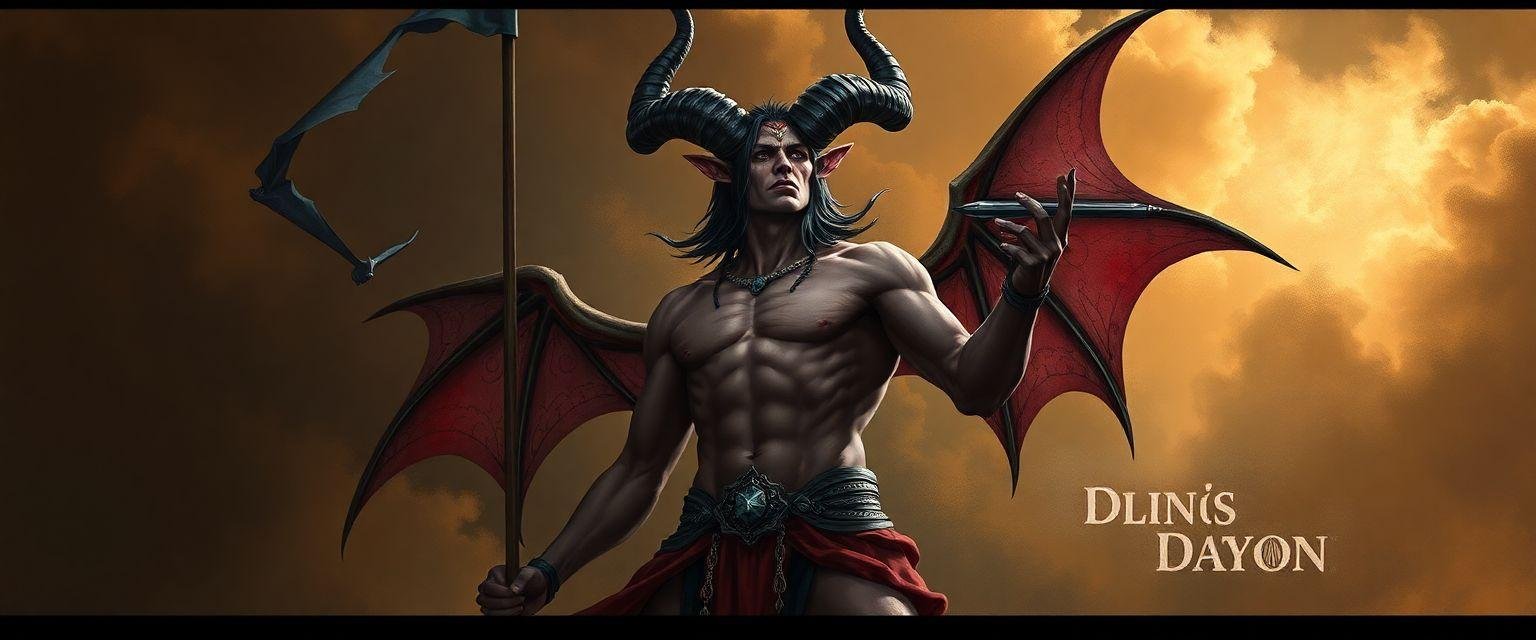
Asmodeus serves as a personification of uncontrolled desires and the chaos they can create. His story is a warning about the destructive power of lust and the need for moderation and self-control. This demon challenges us to examine the nature of our desires and the potential consequences of indulging them unchecked.
Insider Tip: Historian Jeffrey Burton Russell suggests, “Asmodeus reflects societal fears about the loss of control and the dangers of unbridled passion.”
For further reading on Asmodeus and his role in demonology, visit Jewish and Christian Demonology.
8. Kishi: The Two-Faced Demon (Angolan Mythology)
Is there a demon more deceptive than Kishi? In Angolan mythology, Kishi is a two-faced demon with a handsome human face and a hyena’s face at the back of his head. Kishi uses his charming human face to lure victims, while the hyena face devours them. This dual nature makes him a symbol of deception and hidden danger.

Kishis story serves as a metaphor for the duplicity that can exist within people, warning against trusting appearances. His tale is a reminder of the potential for deceit and the importance of looking beyond the surface to uncover true intentions.
Thought-Provoking Question: How does Kishi’s dual nature reflect societal concerns about trust and deception?
Explore more about Kishi and other Angolan myths here.
9. Abaddon: The Angel of the Abyss (Christian Demonology)
What lies at the heart of the abyss? Abaddon, also known as Apollyon, is a figure from Christian demonology, described as the Angel of the Abyss. He is often associated with destruction and chaos, leading an army of locusts to torment those who do not bear the seal of God.

Abaddon’s story highlights themes of destruction as a form of divine judgment. His presence in demonology serves as a reminder of the consequences of straying from divine paths and the ultimate power of divine justice. Abaddon embodies the fear of the unknown and the chaos that lies beyond mortal comprehension.
Insider Tip: Theologian Elaine Pagels notes, “Abaddon represents the ultimate fear of divine retribution and the unknown.”
For more about Abaddon and his role in religious texts, see this detailed analysis.
10. Wendigo: The Cannibal Spirit (Algonquian Mythology)
What happens when greed consumes a person? In Algonquian mythology, the Wendigo is a malevolent spirit associated with cannibalism and insatiable greed. Often depicted as a gaunt, emaciated creature with glowing eyes and sharp fangs, the Wendigo is said to possess humans, driving them to commit acts of cannibalism.

The Wendigo embodies the fears of starvation and the breakdown of social order. It serves as a cautionary tale against the dangers of greed and the importance of community and sharing. The Wendigo challenges us to consider the consequences of unchecked consumption and the moral obligations we have to one another.
Thought-Provoking Question: How does the Wendigo myth reflect societal fears about survival and morality?
For more on the Wendigo and its cultural significance, check out this resource.
Conclusion
Demons from different religions and cultures offer us a window into the fears, values, and beliefs of societies throughout history. They are not just figures of horror but are complex symbols that challenge us to reflect on our own nature and the world around us. From the cunning Kishi to the knowledge-hungry Dantalion, these demons remind us that the line between good and evil is often blurred, and understanding them requires us to delve deep into the cultural and historical contexts from which they arise. Whether as protectors, punishers, or cautionary tales, these demons continue to captivate and intrigue us, urging us to question what we believe and fear.
Questions
What are demons in various religions and cultures?
Demons are often considered malevolent spiritual beings across cultures.
Who believed in demons during ancient civilizations?
Ancient civilizations like the Mesopotamians and Egyptians believed in demons.
How do demons differ in Christianity and Islam?
In Christianity, demons are often fallen angels, while in Islam, they are jinn.
What role do demons play in Hindu mythology?
In Hindu mythology, demons often represent chaos and are defeated by gods.
Are demons real entities or cultural symbols?
Many view demons as cultural symbols, while others believe in their existence.
How can the study of demons benefit our understanding of cultures?
Studying demons helps us understand the fears and values of different cultures.

